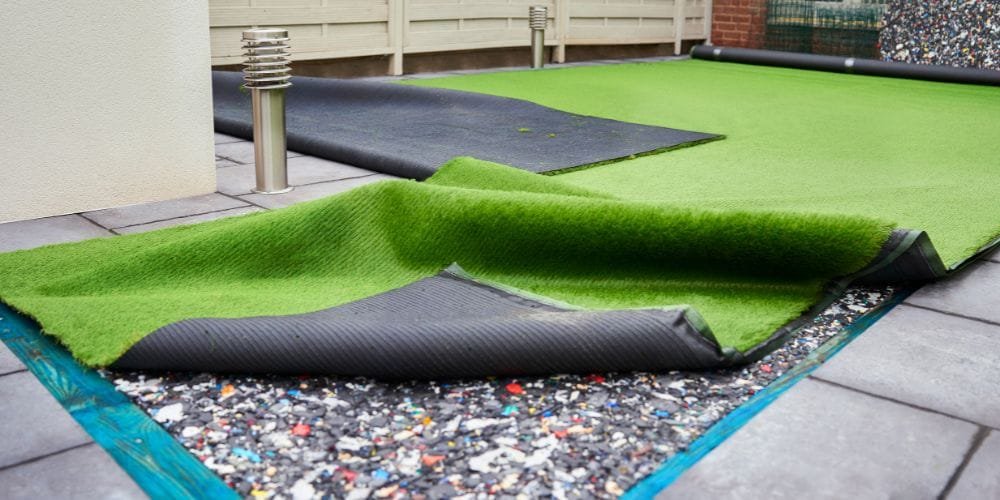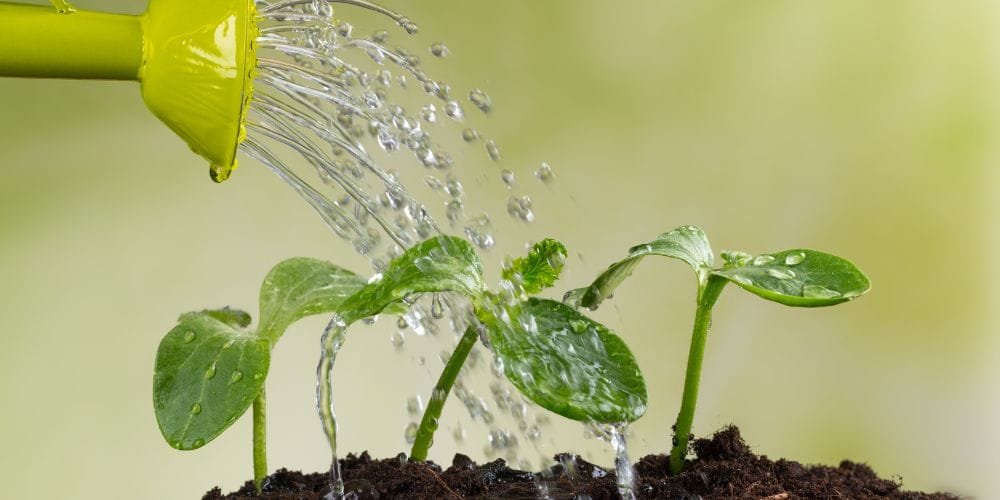Efficient watering of your garden saves plants and saves waste of water. While successful in their objective, standard irrigation methods usually lead to loss through evaporation and runoff. It is where drip irrigation flashes as a more precise and water-efficient method that provides water directly into the roots of plants.
While converting an existing sprinkler irrigation system to a drip system might seem like a big task, it is pretty simple. It becomes easy if a proper plan is drawn and executed. Let’s go deep into the steps involved in making this transformation.
Assessing Your Current System
Analyze what you have before converting your irrigation system to a drip system. Knowing where everything is, how your irrigation system is put together, and how it works will help you decide the best way to approach the conversion.
- Identify the Zones: Check what zones in your garden are covered under a single current irrigation system. It will help you understand each area’s water requirements and plan for the drip irrigation system.
- Components Inspection: Check the irrigation components, which include sprinklers, valves, and pipes. Look for those in good condition to replace or use in the new drip system.
- Measure the Water Pressure: Drip irrigation systems generally use less water pressure than conventional systems. Measurement checks whether the water pressure is within the recommended pressure for drip irrigation or if a pressure regulator needs to be installed.
Planning the Conversion
The most essential element of the whole procedure of changing your irrigation system to a drip system is planning. A good plan will save you time and resources while changing your system.
- Make a Layout: Sketch most of your garden, marking out plants, trees, and shrubs. It will help you design the drip system to ensure that no part goes dry.
- Choose Drip Emitters: Select appropriate drip emitters based on how much water your plants need. They come in different flow rates, so choose them according to each zone’s water requirements.
- Design The Mainline And Lateral Lines: Plan a mainline to transfer water from its source to various zones. Now, design laterals, offshoots from the main line, to reach individual or groups of plants.
Gathering Necessary Supplies
Once you have a plan, you can start gathering the supplies. Having everything ready beforehand will smooth out the conversion process.
- Drip Tubing and Emitters: Get drip tubing and emitters suitable for your garden layout and plant needs.
- Fittings and Connectors: Setting up the drip tubing in the desired form will require several fittings and connectors.
- Pressure Regulator: As the name portrays, this device regulates appropriate water pressure to the drip system.
- Filter: Install a filter to avoid the emitters being clogged with debris.
- Timer: This will automatically help manage the watering schedule.
Step-by-Step Conversion Process
Now, get the materials needed to convert your irrigation to a drip system in place. Follow these steps:
- Turn Off the Water Supply: Shut off the water supply to your sprinkler before you make any modifications.
- Remove Existing Sprinklers: Remove existing sprinklers installed along the zones you intend to convert.
- Install the Mainline: Run the mainline tubing from a water source to irrigate areas.
- Connect the Pressure Regulator and Filter: This is done to the main line near the water source.
- Add Lateral Lines: Join the lateral lines to the mainline and run them to individual plants or groups.
- Mount the Emitters: Install drip emitters on lateral lines at the base of each plant.
- Test the System: Turn on the water supply and test to ensure that all emitters are performing well and there are no leaks.
Maintenance Tips for Drip Systems
To maintain the durability and efficiency of your drip irrigation system, follow the steps below:
- Check Emitters Regularly: Check for blockages or damages to the emitters.
- Flush the System: Flush the system occasionally to remove any debris within the tubing.
- Monitor for Leaks: Inspect the tubing and connections, repairing any leaks promptly.
- Adjust Emitters as Necessary: Your plants are growing, and their water needs will change. Adjust the emitters accordingly to provide more or less water as necessary.
Also read: Drip Irrigation vs. Sprinkler Systems: Which is Best for Your Landscape?
Benefits of Converting to Drip Irrigation
Converting to a drip irrigation system offers several advantages:
- Water Savings: Drip irrigation delivers water in a much more controlled manner – directly to the root zone and often at reduced rates.
- Increased Plant Health: Avoid overwatering with a precise watering schedule, keeping the soil at optimal moisture levels and creating healthier plants.
- Lower Weed Growth: Drip irrigation carefully provides water where needed, reducing overall moisture levels, which helps keep weeds at bay.
- Cost Savings: Lower water use will significantly lower your water bill cost.
- Flexibility: Drip systems can be easily managed regarding changes toward plants of other types or garden layouts.
Conclusion
Upgrading your traditional irrigation system to drip irrigation is an investment worth considering for the future. With these steps, you can successfully convert without a hitch.
For those who want professional assistance, Blades of Glory Landscaping Service LLC is here for the job. Our team of professionals will easily handle the conversion process so your garden gets the proper watering.






